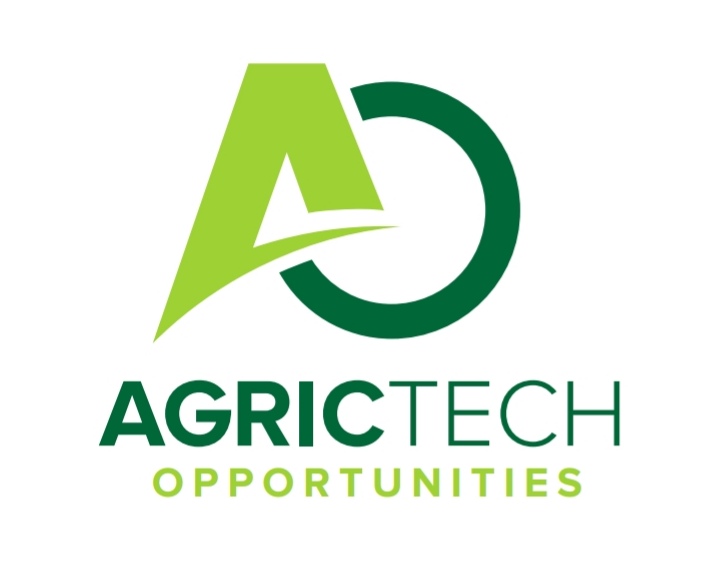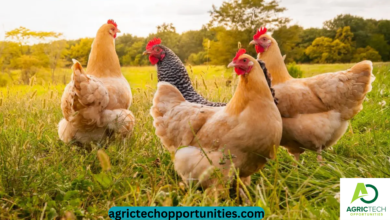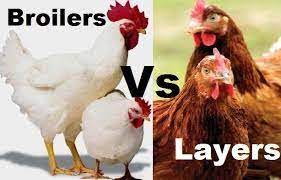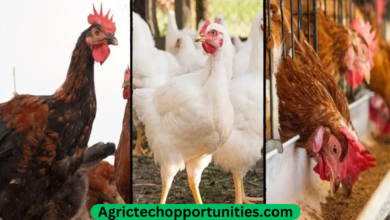Approved Principles Of Poultry Production For 2023/24
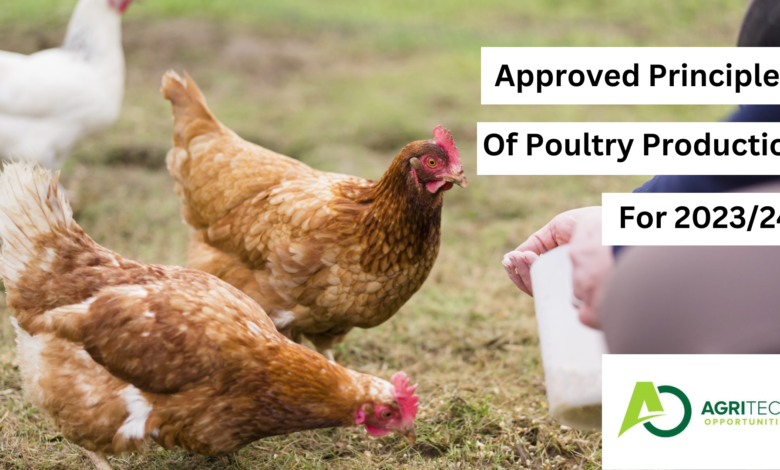
Host Country
GLOBAL
Target Audience
INTERNATIONAL (GLOBAL)
Program Overview
Major Principles Of Poultry Production- The transformation of plants, animals and mineral matters into forms highly prized as a source of food for man is the primary basis for the poultry industry. From the nutritional stand point, the nutrients contained in a poultry feed are as useful to man as to a laying hen.
However, as eggs or poultry meat, these nutrients are in a much more palatable form. For profitable poultry production, the conversion of feed to eggs and meat must be done efficiently and economically. To formulate rations that will do this, it is necessary to know something of the food nutrients and their use by the poultry.
ALSO CHECK: Starting Your Own Dairy Enterprises And Becoming A Dairy Farmer In South Africa
Major Principles Of Poultry Production For 2023/24
Carbohydrates
Carbohydrates which are the major source of energy in poultry diets include:
The grains – maize, guinea corn, millet, wheat and broken rice. Cereal by-products – maize bran or offal, wheat bran or offal, rice bran or offal and guinea-corn offal. Starch roots and tubers – cassava flour, cassava chips and sweet potato. poultry
The dietary inclusion of 30–60% of these energy sources into the poultry diet is recommended with the upper limits mainly for young growing animals.
Protein
Commonly used, protein feed ingredients for poultry ration formulation and feeding includes the following:
- Vegetable/plant sources such as groundnut cake, soyabean cake, full-fat soybean, cotton seed cake and palm kernel cake.
- Animal protein sources such as fishmeal, meat and bone meal, blood meal.
Fats
Considerable quantities of fats are used in poultry feeding, primarily as potent source of energy.
Fats normally contain two to three times as much metabolizable energy per unit of weight as grains. Major sources available are vegetable oil (palm oil, groundnut oil, soybean oil), hard fat, soft fat and hydrolyzed animal fat.
The usual practical limit for adding fats is 3 to 5 per cent of the diet, although with special technique pelleted diets may contain as high as 7 or 8 per cent added fat. Rations very high in fat tend to cake and do not flow readily.
Minerals and vitamins
Sources of the major minerals for poultry rations include bone meal, limestone, oyster shell, di-calcium phosphate, de-fluorinated phosphate, common salt and trace mineral premixes.
The vitamins are commercially available in pure form or as vitamin concentrate at relatively low cost. They can be added to a poultry feed by means of a premix which supplies specified amounts of each vitamin. Certain ingredients available for poultry feeding are potent sources of vitamins. These include yeast, fat solubles, distillers’ solubles, liver meal, alfalfa meal and milk by-products. All the fat soluble vitamins (A,D, E, and K) are supplied by fats and oils.
Water
Some water is available in the feed itself (metabolic water), but the bulk of it must be separately provided in drinking cans. Cool, clean water should be provided at all times.
The water should be free from the excess salt which might have a laxative effect.
Anti Nutritional Factors
The nutrient potentials of some ingredients are limited by the presence of toxins, notable examples of which is guinea corn containing tannin, and cotton seed containing gossypol.
Diets containing cotton seed cake therefore require supplementation with ferrous sulphate, apart from lysine, for balancing amino acids. Groundnut can develop Aspergillus flavus which produces aflatoxin that damages the liver. Soya beans contain trypsin inhibitor a growth depressant, meals produced from unprocessed beans should not be fed to poultry of the adverse effects.
Feeding Practices
Feed Presentation
The success of raising poultry depends very much on adequate feeding of the birds. Feed is offered to poultry at all times (ad libitum) or controlled (restricted).
The Unrestricted/ad Libitum Feeding Programme
Feed must be available to the birds at all times. This practice is commonly referred to as ad libitum feeding. This method of feeding allows the poultry to consume feed to ppetite or want. Birds raised for meat (broilers) are preferably fed ad libitum.
Unrestricted feeding
Advantages
More uniform body weight attainment at maturity.
Feed management technique is less complicated as compared to
feeding regimen in feed restriction programmes.
Birds that feed themselves at will are less stressed up.
Disadvantages
Birds overeat and increase feed cost during the rearing period.
Meat type (broiler) breeders tend to overeat and grow excessively, thus compromising production efficiency and profitability (more small/peewee eggs prolapse etc).
Overweight broiler breeders are prone to prolapse, reduced fertility, hatchability and reproductive failures.
The Restricted/Controlled Feeding Programme
Feed is supplied to the birds in limited quantity and/quality. The strains of birds must be grown on the controlled feeding programme to limit weight, particularly with broiler breeder strains.
The female feed intake may be adjusted to delay egg at sexual maturity to maintain desired body weight and reduce prolapses. If the birds are overweight, some form of feed restriction may be imposed.
It is advisable to start the restricted feeding programme from 6 weeks of age, although some breeders recommend earlier ages (2–3 weeks of age).
Conclusively, This unit shows how you can raise poultry successfully based on feeding principles. It also discusses common terms used in poultry feeding, the roles of feed ingredients in poultry rations and the forms of feed offered to the birds. Tips to achieving high feed efficiency are equally addressed.
For more updates On Agric Tech Opportunities kindly join the social groups below:
Join our Telegram | Follow us on Linkedin | Also, Follow us on Twitter. | Join Our Whatsapp Group
God bless and All the best !!
